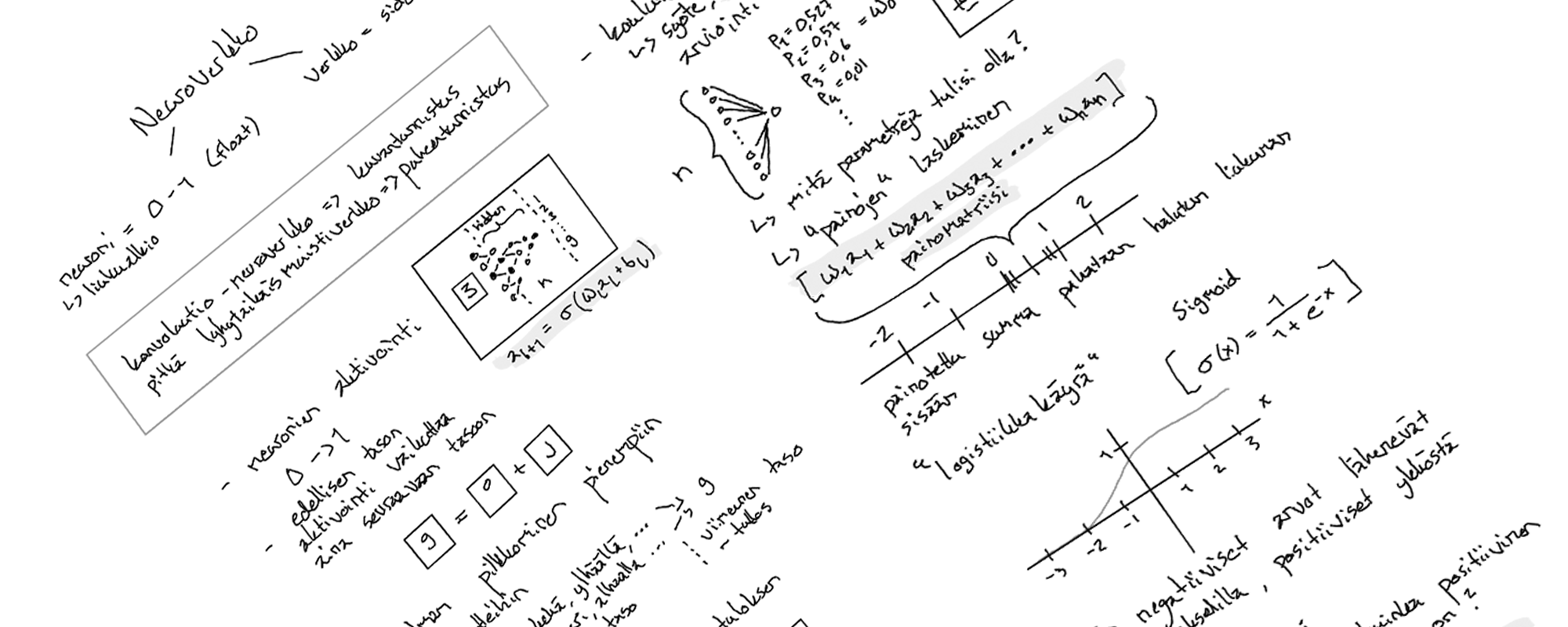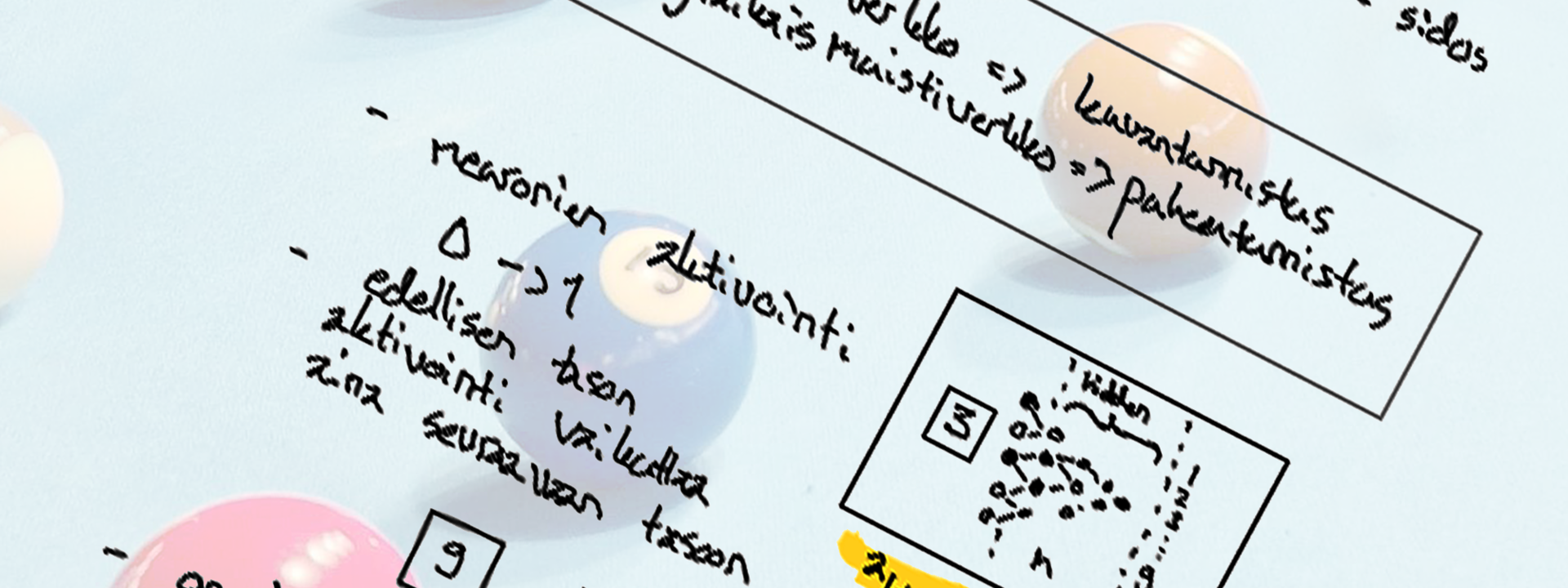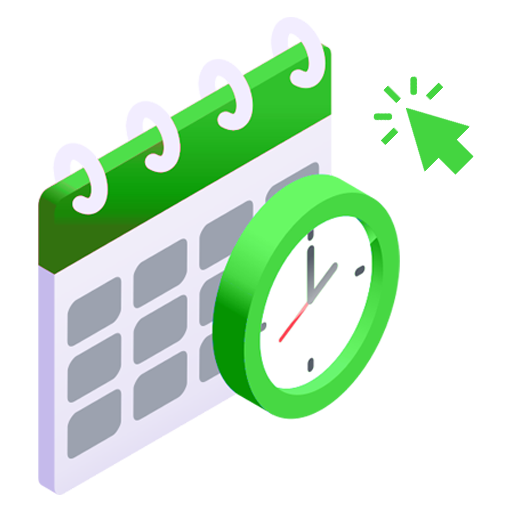In the daily lives of our developers, AI is becoming stronger and stronger, both in development tools and innovative solutions. AI itself doesn’t perform magic tricks, so in training, we dived into its intricacies, all the way to the underlying mathematics.
We started with the structure and function of neural networks: models, neurons, inputs, layers, parameters, weights, biases, functions, matrices, and vectors. Then, we moved on to training them: training data, gradients, activations, derivatives, and more mathematics. Next, we looked at the workings of language models: transformers, GPT, layers, NLP, LLM, generativity, words, and more mathematics. Finally, we explored their training: more data, iterations, functions, regularization, and RLHF.

For a developer, it’s essential to understand how neural networks and language models work. This knowledge allows them to optimize and fine-tune models, understand their limitations and possibilities, develop new AI solutions, and apply them to various problem areas.
Once the developers’ minds were filled with new knowledge, the annual billiards championship was held. Congratulations to the winners!








